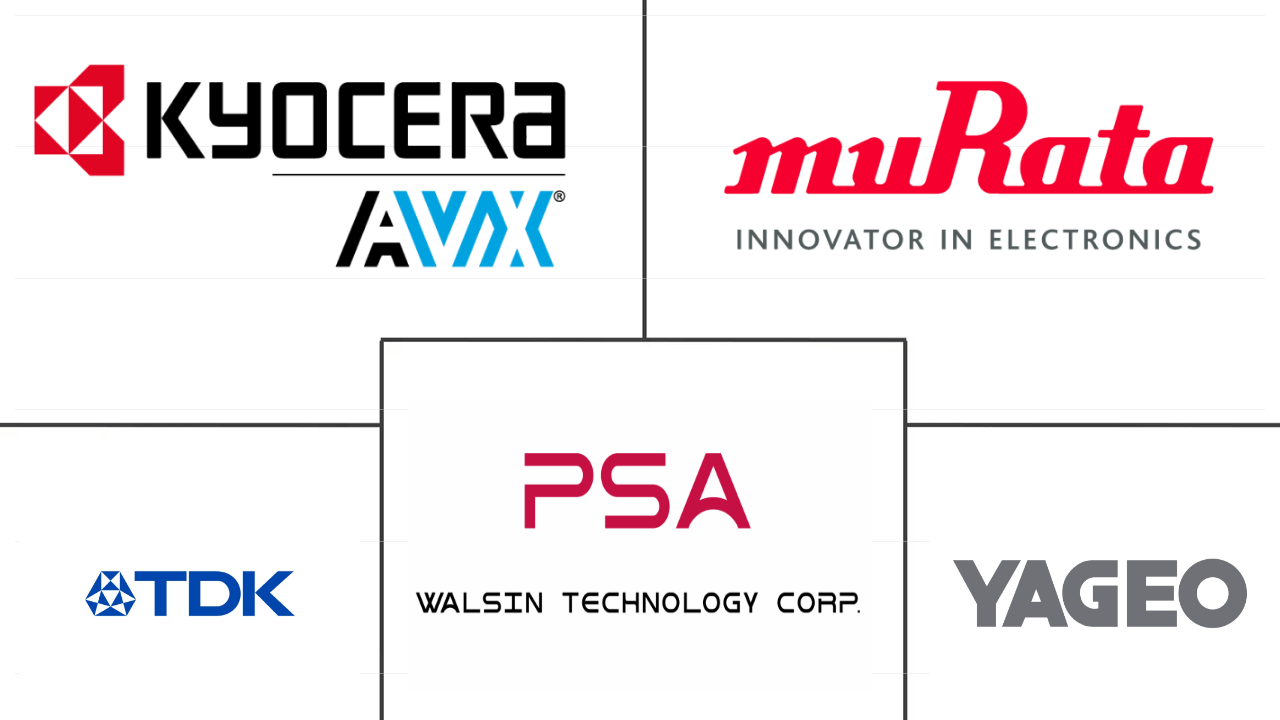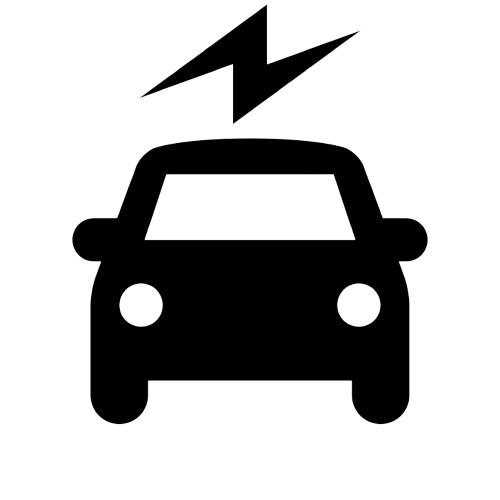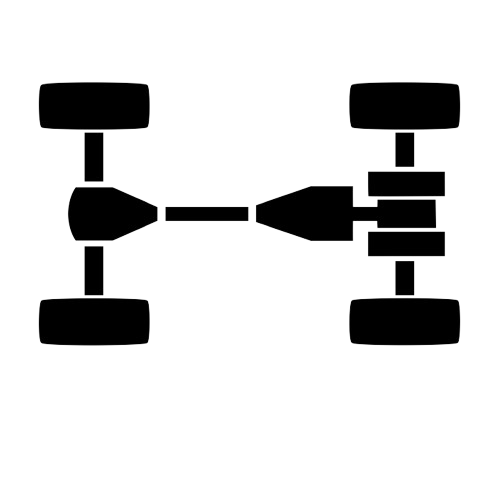Market Size of automotive mlcc Industry
|
|
Study Period | 2017 - 2029 |
|
|
Market Size (2024) | USD 2.94 Billion |
|
|
Market Size (2029) | USD 15.36 Billion |
|
|
Largest Share by Case Size | 0 805 |
|
|
CAGR (2024 - 2029) | 39.23 % |
|
|
Largest Share by Region | Asia-Pacific |
Major Players |
||

|
||
|
*Disclaimer: Major Players sorted in no particular order |
Automotive MLCC Market Analysis
The Automotive MLCC Market size is estimated at 2.94 billion USD in 2024, and is expected to reach 15.36 billion USD by 2029, growing at a CAGR of 39.23% during the forecast period (2024-2029).
2.94 Billion
Market Size in 2024 (USD)
15.36 Billion
Market Size in 2029 (USD)
28.33 %
CAGR (2017-2023)
39.23 %
CAGR (2024-2029)
Largest Segment by VehicleType
57.15 %
value share, Heavy Commercial Vehicle, 2023
The rising regulations on vehicle emissions, advancements in vehicle safety, and rapidly growing logistics, retail, and e-commerce sectors are driving the demand for new and advanced heavy commercial vehicles globally.
Fastest Segment by Fuel Type
49.43 %
Projected CAGR, Electric Vehicle, 2024-2029

Increasing demand for fuel-efficient and low-emission vehicles, stringent government rules and regulations toward vehicle emissions, reduction in the cost of electric vehicle batteries, and increasing fuel costs supplement the growth of electric vehicles.
Largest Segment by Propulsion Type
84.77 %
value share, ICEV - Internal Combustion Engine Vehicle, 2023

Internal combustion engine vehicles (ICEV) dominate the propulsion type segment due to advancements in the efficiency and performance of IC engines.
Largest Segment by Component Type
29.86 %
value share, Powertrain, 2023

The introduction of stringent emission regulations worldwide has increased the demand for superior powertrains, which are lightweight and help increase fuel economy, decrease emissions, and improve vehicle performance.
Fastest Segment by Dielectric Type
39.26 %
Projected CAGR, Class 2, 2024-2029

Increasing production of motor vehicles with the latest technological advancements, such as ADAS, is also increasing the demand for Class 2 dielectric types like X5R, X7R, and Y5V, owing to the reliability and efficiency of operation.
Unveiling the multifaceted role of MLCCs in the automotive evolution is driving MLCC demand
- In the ever-evolving landscape of the automotive industry, the role of MLCCs has moved beyond mere electronic components. These miniature powerhouses are the cornerstone of modern vehicular systems, orchestrating a symphony of functions ranging from power distribution and noise suppression to signal conditioning and voltage regulation.
- The 0 603 MLCCs are compact yet indispensable contributors. These capacitors play a pivotal role in shifting toward compact and energy-efficient designs. With advancements in automotive technologies, the demand for streamlined solutions has elevated the prominence of the 0 603 segment.
- The 0 805 capacitors occupy a significant position in the market, particularly as electric vehicles (EVs) become mainstream. The surge in EV adoption emphasizes the need for effective power distribution and control, underscoring the relevance of the 0 805 segment. As EVs redefine the automotive landscape, these capacitors act as enablers of performance and efficiency.
- The 1 206 capacitors represent a balance between size and versatility, making them a preferred choice for diverse automotive applications. As the automotive industry embraces technological advancements, the importance of the 1 210 segment becomes evident.
- The 'others' segment encompasses an array of capacitance values that cater to specialized automotive requirements. From emerging technologies to unique applications, this diverse segment exemplifies the adaptable nature of MLCCs in meeting distinct automotive needs.
Unveiling the impact of MLCCs in Asia-Pacific, Europe, and North America
- Asia-Pacific, Europe, and North America are driving transformative changes in the automotive industry. Their pursuit of technological advancements, sustainability, and smart mobility solutions underscores the crucial role of multi-layer ceramic capacitors (MLCCs) in supporting the evolution of vehicles. As each region propels toward a future of innovation and efficiency, the demand for high-quality MLCCs continues to grow, cementing their significance in the automotive value chain.
- Asia-Pacific stands as an epicenter of automotive innovation characterized by rapid technological advancements and growing consumer demand. With major automotive hubs like China, Japan, and South Korea, this region is at the forefront of electric vehicle (EV) adoption, connected cars, and autonomous driving.
- Europe's automotive industry is synonymous with innovation, sustainability, and stringent environmental regulations. The region's commitment to reducing carbon emissions and transitioning toward cleaner mobility solutions is reshaping the automotive landscape. As electric and hybrid vehicles gain traction, the demand for MLCCs for power management, noise suppression, and voltage regulation is escalating.
- North America's automotive sector is characterized by its pursuit of smart mobility solutions and advanced technologies. As North American consumers seek enhanced driving experiences and cutting-edge features, the demand for MLCCs in applications like EVs, infotainment systems, and ADAS is on the rise. The region's dynamic automotive landscape positions it as a key driver of the MLCC market's expansion.
Automotive MLCC Industry Segmentation
Heavy Commercial Vehicle, Light Commercial Vehicle, Passenger Vehicle, Two-Wheeler are covered as segments by Vehicle Type. Electric Vehicle, Non-Electric Vehicle are covered as segments by Fuel Type. BEV - Battery Electric Vehicle, FCEV - Fuel Cell Electric Vehicle, HEV - Hybrid Electric Vehicle, ICEV - Internal Combustion Engine Vehicle, PHEV - Plug-in Hybrid Electric Vehicle, Others are covered as segments by Propulsion Type. ADAS, Infotainment, Powertrain, Safety System, Others are covered as segments by Component Type. 0 603, 0 805, 1 206, 1 210, 1 812, Others are covered as segments by Case Size. 50V to 200V, Less than 50V, More than 200V are covered as segments by Voltage. 10 µF to 1000 µF, Less than 10 µF, More than 1000µF are covered as segments by Capacitance. Class 1, Class 2 are covered as segments by Dielectric Type. Asia-Pacific, Europe, North America are covered as segments by Region.
- In the ever-evolving landscape of the automotive industry, the role of MLCCs has moved beyond mere electronic components. These miniature powerhouses are the cornerstone of modern vehicular systems, orchestrating a symphony of functions ranging from power distribution and noise suppression to signal conditioning and voltage regulation.
- The 0 603 MLCCs are compact yet indispensable contributors. These capacitors play a pivotal role in shifting toward compact and energy-efficient designs. With advancements in automotive technologies, the demand for streamlined solutions has elevated the prominence of the 0 603 segment.
- The 0 805 capacitors occupy a significant position in the market, particularly as electric vehicles (EVs) become mainstream. The surge in EV adoption emphasizes the need for effective power distribution and control, underscoring the relevance of the 0 805 segment. As EVs redefine the automotive landscape, these capacitors act as enablers of performance and efficiency.
- The 1 206 capacitors represent a balance between size and versatility, making them a preferred choice for diverse automotive applications. As the automotive industry embraces technological advancements, the importance of the 1 210 segment becomes evident.
- The 'others' segment encompasses an array of capacitance values that cater to specialized automotive requirements. From emerging technologies to unique applications, this diverse segment exemplifies the adaptable nature of MLCCs in meeting distinct automotive needs.
| Vehicle Type | |
| Heavy Commercial Vehicle | |
| Light Commercial Vehicle | |
| Passenger Vehicle | |
| Two-Wheeler |
| Fuel Type | |
| Electric Vehicle | |
| Non-Electric Vehicle |
| Propulsion Type | |
| BEV - Battery Electric Vehicle | |
| FCEV - Fuel Cell Electric Vehicle | |
| HEV - Hybrid Electric Vehicle | |
| ICEV - Internal Combustion Engine Vehicle | |
| PHEV - Plug-in Hybrid Electric Vehicle | |
| Others |
| Component Type | |
| ADAS | |
| Infotainment | |
| Powertrain | |
| Safety System | |
| Others |
| Case Size | |
| 0 603 | |
| 0 805 | |
| 1 206 | |
| 1 210 | |
| 1 812 | |
| Others |
| Voltage | |
| 50V to 200V | |
| Less than 50V | |
| More than 200V |
| Capacitance | |
| 10 µF to 1000 µF | |
| Less than 10 µF | |
| More than 1000µF |
| Dielectric Type | |
| Class 1 | |
| Class 2 |
| Region | |
| Asia-Pacific | |
| Europe | |
| North America | |
| Rest of the World |
Automotive MLCC Market Size Summary
The Automotive MLCC market is experiencing significant growth, driven by the increasing integration of multi-layer ceramic capacitors in modern vehicular systems. These components have evolved from being mere electronic parts to becoming essential elements that support various functions such as power distribution, noise suppression, signal conditioning, and voltage regulation. The demand for compact and energy-efficient designs has particularly boosted the popularity of the 0 603 segment, while the rise of electric vehicles has highlighted the importance of the 0 805 segment. The 1 206 capacitors offer a balance of size and versatility, making them suitable for a wide range of automotive applications. The market is further diversified by the 'others' segment, which caters to specialized automotive needs, showcasing the adaptability of MLCCs in meeting the industry's evolving requirements.
Regionally, Asia-Pacific, Europe, and North America are at the forefront of the Automotive MLCC market's expansion. Asia-Pacific, with its major automotive hubs, is leading in electric vehicle adoption and technological advancements. Europe's focus on sustainability and stringent environmental regulations is driving the demand for MLCCs in electric and hybrid vehicles. Meanwhile, North America's pursuit of smart mobility solutions and advanced technologies is increasing the need for MLCCs in various applications. The market is moderately consolidated, with key players like Kyocera AVX Components Corporation, Murata Manufacturing Co., Ltd, TDK Corporation, Walsin Technology Corporation, and Yageo Corporation dominating the landscape. Recent developments, such as the introduction of automotive-grade MLCCs and those designed for high voltage requirements, underscore the critical role these components play in the automotive industry's transition towards innovation and efficiency.
Automotive MLCC Market Size - Table of Contents
-
1. MARKET SEGMENTATION (includes market size in Value in USD and Volume, Forecasts up to 2029 and analysis of growth prospects)
-
1.1 Vehicle Type
-
1.1.1 Heavy Commercial Vehicle
-
1.1.2 Light Commercial Vehicle
-
1.1.3 Passenger Vehicle
-
1.1.4 Two-Wheeler
-
-
1.2 Fuel Type
-
1.2.1 Electric Vehicle
-
1.2.2 Non-Electric Vehicle
-
-
1.3 Propulsion Type
-
1.3.1 BEV - Battery Electric Vehicle
-
1.3.2 FCEV - Fuel Cell Electric Vehicle
-
1.3.3 HEV - Hybrid Electric Vehicle
-
1.3.4 ICEV - Internal Combustion Engine Vehicle
-
1.3.5 PHEV - Plug-in Hybrid Electric Vehicle
-
1.3.6 Others
-
-
1.4 Component Type
-
1.4.1 ADAS
-
1.4.2 Infotainment
-
1.4.3 Powertrain
-
1.4.4 Safety System
-
1.4.5 Others
-
-
1.5 Case Size
-
1.5.1 0 603
-
1.5.2 0 805
-
1.5.3 1 206
-
1.5.4 1 210
-
1.5.5 1 812
-
1.5.6 Others
-
-
1.6 Voltage
-
1.6.1 50V to 200V
-
1.6.2 Less than 50V
-
1.6.3 More than 200V
-
-
1.7 Capacitance
-
1.7.1 10 µF to 1000 µF
-
1.7.2 Less than 10 µF
-
1.7.3 More than 1000µF
-
-
1.8 Dielectric Type
-
1.8.1 Class 1
-
1.8.2 Class 2
-
-
1.9 Region
-
1.9.1 Asia-Pacific
-
1.9.2 Europe
-
1.9.3 North America
-
1.9.4 Rest of the World
-
-
Automotive MLCC Market Size FAQs
How big is the Global Automotive MLCC Market?
The Global Automotive MLCC Market size is expected to reach USD 2.94 billion in 2024 and grow at a CAGR of 39.23% to reach USD 15.36 billion by 2029.
What is the current Global Automotive MLCC Market size?
In 2024, the Global Automotive MLCC Market size is expected to reach USD 2.94 billion.

